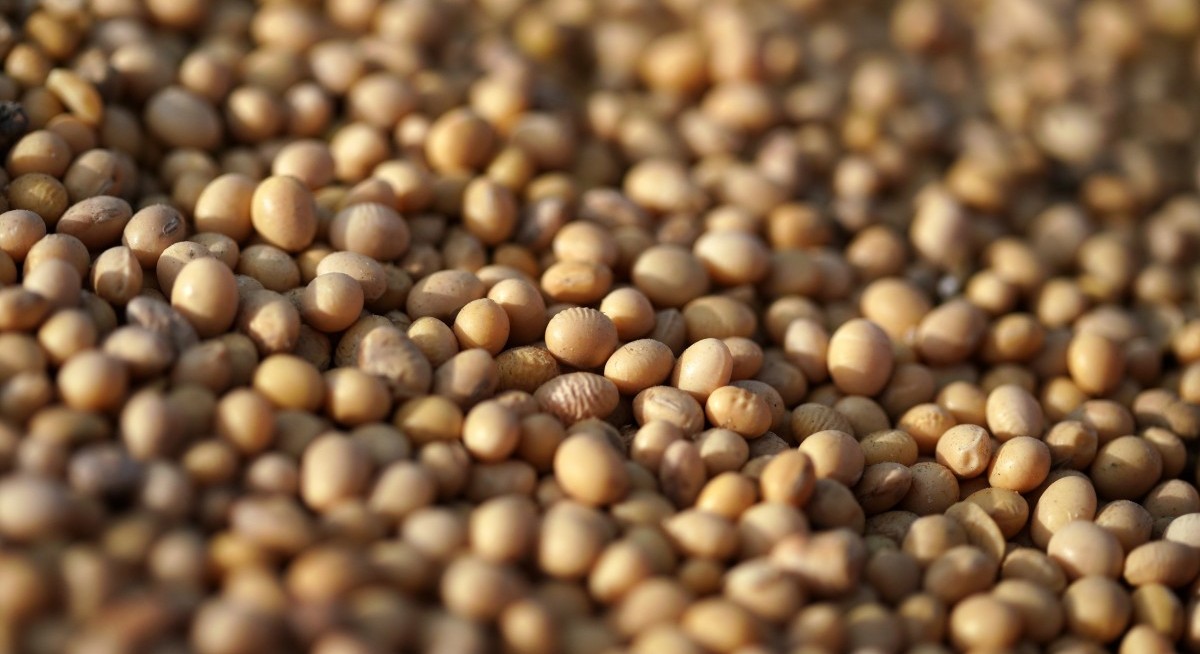(Nov 19): China made its biggest daily purchase of American soybeans in two years, in a move that ends a temporary pause and appears to signal a commitment to a trade truce reached late last month.
The US Department of Agriculture on Tuesday announced the sale of 792,000 tonnes of soybeans to China for the 2025-2026 marketing year. That brings China’s total known purchases of US soybeans since early October to just over one million tonnes.
US President Donald Trump said on Tuesday that he wants China to “speed up” soybean purchases, and asked Treasury Secretary Scott Bessent to make the request directly to Beijing. Even so, Trump told reporters in the Oval Office that “our relationship with China has been very good. And as far as buying our farm products, they’re pretty much on schedule.”
Earlier, Bloomberg reported that state-owned agriculture trader Cofco Group booked nearly 20 cargoes of the American oilseed on Monday for delivery in December and January, according to people familiar with the matter, who asked not to be identified because they’re not authorised to speak to media.
The sales were from Pacific Northwest ports and US Gulf terminals, they said. Cofco did not immediately reply to a request for comment.
The purchases have reignited market optimism around the soybean trade between the two agricultural powerhouses. Until an agreement between Trump and Chinese leader Xi Jinping last month, China had held off buying US soybeans for much of the season, as the country sought a bargaining chip during tariff negotiations. The move hurt American growers, who have been challenged by inflation and high farming input costs.
See also: Adani’s giant copper smelter caught up in global ore shortage
“It is a huge confirmation that the agreement is being executed,” said Carlos Salinas, executive director for East Asia at the US Soybean Export Council. “We believe it will continue to happen to fulfill that commitment.”
Still, US beans are already more expensive than Brazil’s ahead of what’s likely to be another bumper harvest in South America. Industry group Abiove earlier Tuesday hiked Brazil’s soy output for the incoming harvest to a new record of 177.7 million tons.
Chicago soybeans were choppy Tuesday, following a Monday rally that saw prices at a fresh 17-month high.
See also: Lynas warns of rare earths disruption due to Australian power cuts
“Traders have one eye on exports and one on South America’s crop-growing weather,” said Total Farm Marketing analyst Naomi Blohm.
Beijing’s latest purchases still leave plenty to be done in the coming months, at a time when stockpiles are plentiful. Washington has said Beijing pledged to buy 12 million tonnes of US soybeans by end of this year, followed by 25 million tonnes annually over the next three years.
While China has yet to confirm the specific purchase commitments, it has moved to reduce tariffs on the crop and lifted import bans on three American exporters, including CHS Inc, reciprocating similar conciliatory actions from the US.
“Close attention will be paid as to whether China continues to secure US soybeans,” AgResource Co said in a note, adding that US soybeans were being purchased at a premium to Brazilian prices.
“The point is that China did not want to buy US soybeans — it was a political push from the Trump administration,” AgResource said in a separate note. Still, it expects additional purchases from China will be announced Wednesday.
Kurt Haarmann, chief executive of grain shipper Columbia Grain International, said the purchases are welcome even though companies may need to figure out how to move the cargoes around existing corn programs. “At least if we get the business back and we have the crops, then it becomes an execution game,” he said.
Meanwhile, the possibility of record production in Brazil remains a looming challenge.
“We’re staring down next year’s production already that’s getting planted in Brazil,” Haarmann said. “As that comes on line at the end of March, we’re back into a pretty serious competitive force environment.”
Uploaded by Isabelle Francis




